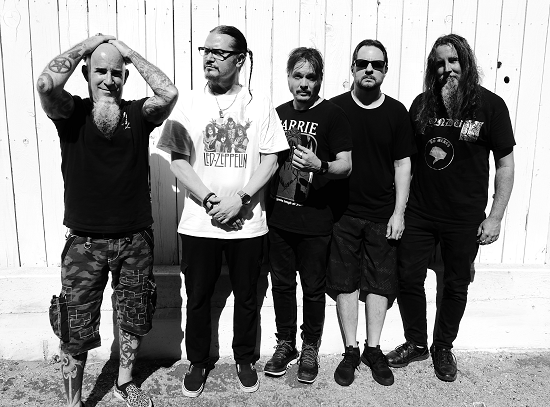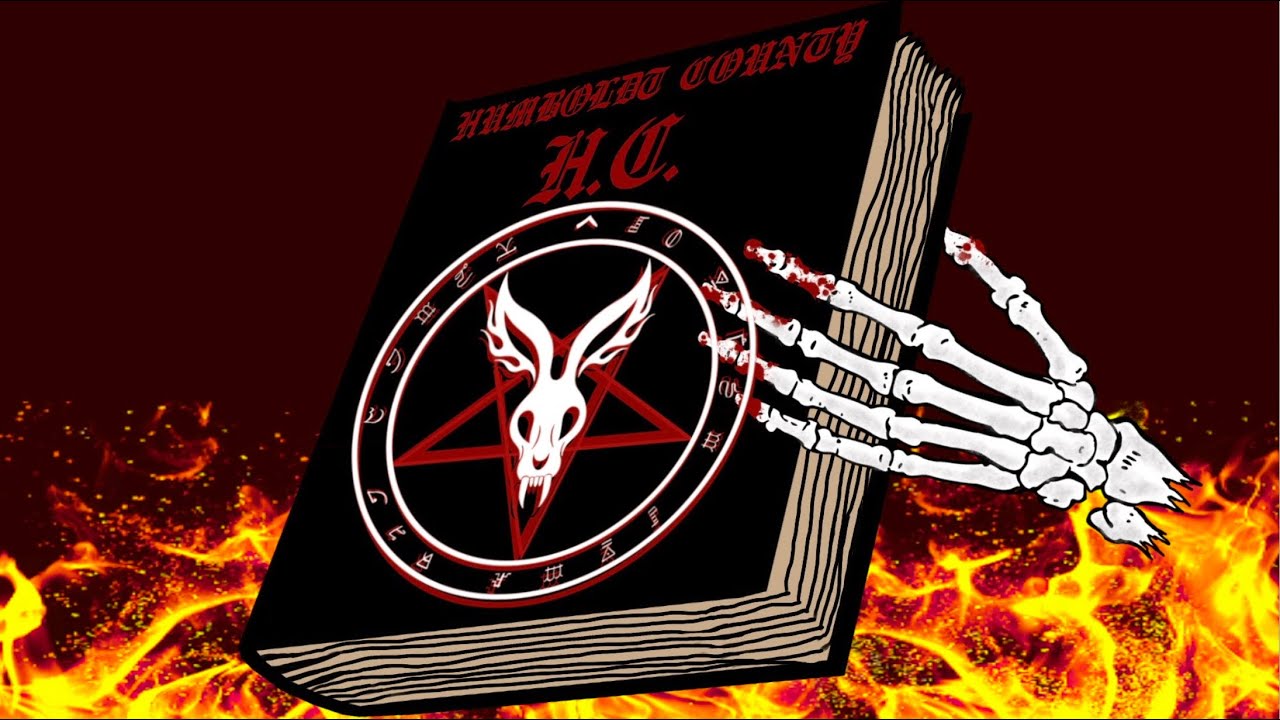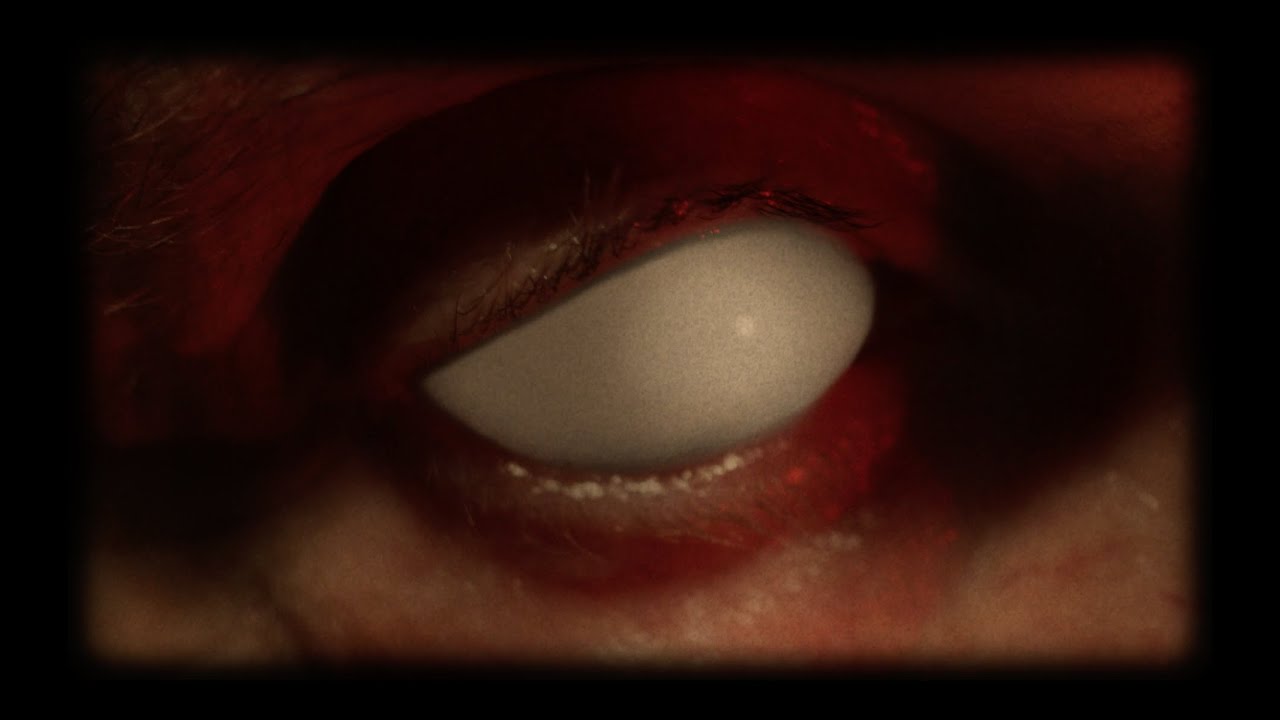Picture: Buzz Osborne
On their first album in two decades, Mr. Bungle are literally going back to their roots. The Raging Wrath Of The Easter Bunny Demo is a re-recording of the band’s first ever 1986 demo of the same name – a scratchy, four-track cassette of thrash metal songs that they wrote as teenagers, and recorded in the garage of their then-drummer Jed Watts, with any mistakes patched over with an overdub of one of Mike Patton’s screams. Even as Mr. Bungle quickly severed from their thrash roots and embarked on their eclectic, shapeshifting run of ‘proper’ albums through the 1990s, they never quite let go of The Raging Wrath; the occasional riff would worm its way into their live sets right until their last shows at the turn of the millennium.
In keeping with the re-record’s nostalgic attitude, Patton, guitarist Trey Spruance, and bassist Trevor Dunn enlisted two of their teenage heroes for the sessions and a run of live shows that took place at the beginning of the year. Slayer’s Dave Lombardo, a frequent collaborator of Patton’s, plays cataclysmic drums, while Anthrax guitarist Scott Ian contributes guitar. In addition to the re-recorded demo, the new version of The Raging Wrath also contains a cover of ‘Speak English Or Die’ by Ian’s other band S.O.D., updated to ‘Habla Español O Muere’ and there’s also a cover of Corrosion Of Conformity’s ‘Loss For Words’, a nod to another key early influence.
Whatever their source material, it would be hard for a thrash album with this calibre of personnel to be anything less than thrilling, but there’s a simplicity to Mr. Bungle’s aims on The Raging Wrath that elevates it further. Their fondness for the material – as well as for the musicians they’re playing with – is what dominates the release. Rather than treat the re-record as a light-hearted nostalgia trip, they treat it with proper respect, even on those tracks whose adolescent titles – ‘Raping Your Mind’ or ‘Anarchy Up Your Anus’, for instance – have hardly aged gracefully. Throughout our conversation with Spruance and Dunn, which took place via email, what’s most apparent is their simple-hearted desire just to give those songs the justice that a four-track recorder in a garage could never quite offer.
tQ: When did discussions begin about Mr. Bungle getting back together, and was a re-recording of The Raging Wrath of The Easter Bunny Demo immediately part of the conversation?
Trey Spruance: There was no talk of getting Mr. Bungle back together, ever, in almost 20 years. What happened was that the idea to do The Raging Wrath of The Easter Bunny Demo justice with a real recording came to Trevor.
Trevor Dunn: I brought up the cockamamie idea of the re-recording a couple years ago while backstage at a Dead Cross and Secret Chiefs 3 show in Brooklyn. The thought had been stewing around in my head for some years and since I had Dave, Trey and Mike all in one place I figured that was a good time to breach the subject.
TS: With Lombardo standing there when this came up, it was one of those lightning flash moments of yes!
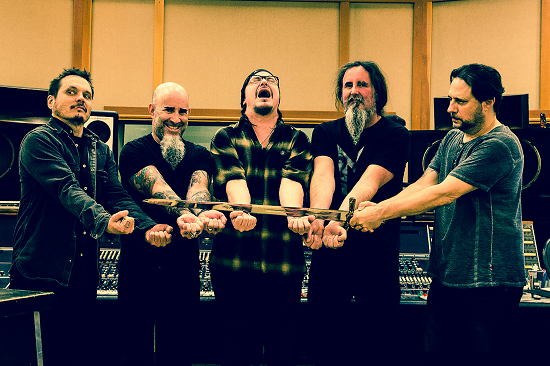
Picture: Eric Larsen
Why a re-record of The Raging Wrath rather than new material?
TD: There is no new material, first off. The original demo was always close to our hearts and our metal roots were never fully represented, so it seemed like a good idea to get Dave and Scott in the studio and honour our mentors from the ‘80s. The music really prompted us. It called out and said, ‘give me proper representation!’
I know that tracks from The Raging Wrath were often in your live sets, right up until the turn of the millennium. What was it about them that endured so much over the years?
TS: The band was formed around that music. It was the coming-together of the nucleus of the band. Trevor and Mike were already friends and had only played together in cover bands. Mr. Bungle thrash songs were the first time they’d ever written music together. I was a couple years younger and had written lots of music, collaborating with Jed Watts, the first Mr. Bungle drummer. We had a proggy-epic instrumental metal band. Once Mr. Bungle came together we all morphed together into a truly collective unit. This was the first original music we’d ever created together. We believed in it, and we were right. After departing from thrash/death metal for more elaborate pastures, it took us some years to find our true voice as a band. But the root was solid, and the logic of those songs, and the spirit of that beginning, was what always held things together. It’s haunted us endlessly that the material on Raging Wrath has been without a clear and fair representation.
How much were you listening back to the 1986 version in the years since recording it? What is that experience like, all these years later?
TD: Not much to be honest. What remains of degraded, dubbed cassettes on YouTube is difficult to listen to for any reason. But I did have to refer to it in order to jog my memory. Trey and I re-demoed the songs so that Dave and Scott wouldn’t have to sift through that hiss fest. It was a trip for sure digging into that music again, objectively figuring out songs I’d forgotten how or why I wrote, almost as if they were covers. There are many things I could have changed or “improved”, but I didn’t want to mess with the initial statement.
TS: Making the ‘new demos’ of the ‘original demo’ was done at my parent’s house in Eureka. That’s the same house I originally overdubbed guitars in back in 85/86. I was trying to sell my house in the Santa Cruz Mountains, so I went up to my parent’s place. The timing was serendipitous! So, I had to go back and reconstruct the mostly inaudible drums from a combination of memory and what was there. What was there was enough to trigger full memory of what we intended! 34 years on it was the same as before, except I could program drum parts and do tempo maps for the mock-up recordings. Leaning a ghetto-blaster up against a peavey amp like we all did back in the day was not something I wanted to mess with this time around.
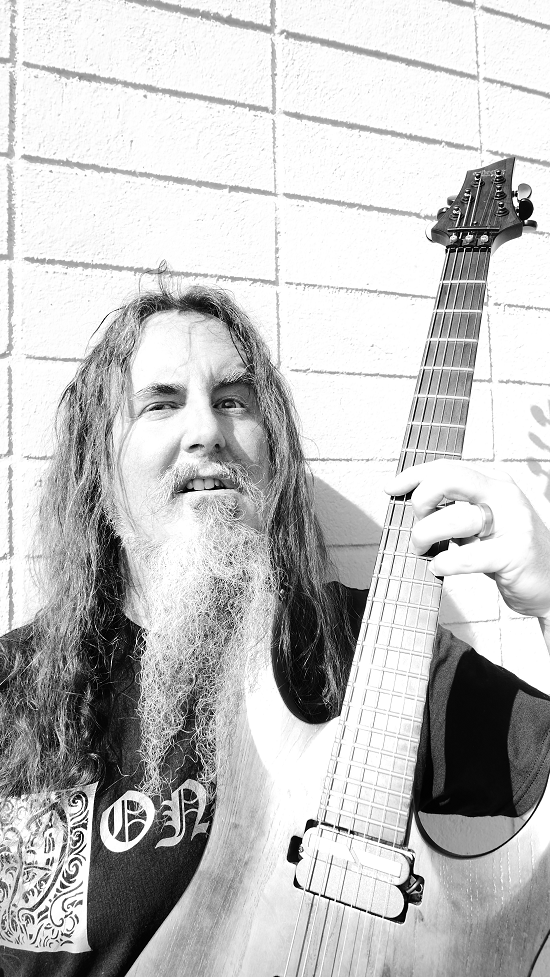
Trey Spruance, Picture: Buzz Osborne
What are your abiding memories of recording the 1986 demo?
TS: Knocking over bottles filled with chewing tobacco spit that Jed had all over his garage where we recorded it.
TD: Trey brought his Tascam 4-track device into our rehearsal space, which was a barn next to Jed Watt’s (original drummer) parents’ house. I’m pretty sure there was one microphone in the middle of the room.
TS: I remember Jed messed up one part in ‘Raping Your Mind’ towards the end of the song, and instead of fixing it, or doing the song again, we just overdubbed Patton screaming over that part with the thought that I could mix his scream super loud and ‘no one would notice’. I guess we were right. No one ever complained.
Did you have any reservations about revisiting any of the cruder material like ‘Raping Your Mind’ and ‘Anarchy Up Your Anus’?
TD: None whatsoever. Those songs were essential to the book. ‘Raping Your Mind’ is one of the more fun ones to play live because it is so relentless and simple. What we did have reservations about – ‘Evil Satan’ or the less interesting parts of ‘Hypocrites’ – we simply left off the new recording.
TS: It’s kind of unbelievable that a song like ‘Anarchy Up Your Anus’, which was just an improvised stupid experiment Jed and I did one day, is the lead heavy track off of an album that people are looking to seriously, if not as a second coming of thrash, then as a second coming of Mr. Bungle. I guess it makes sense in a way. but ‘Raping Your Mind’ is a beautifully constructed song by Trevor, full of metaphors and adolescent cunning that faithfully betrays his emerging poetic spirit. I don’t see anything too crude about it.
How did Scott Ian come to be involved?
TD: Initially, I personally wasn’t so into the idea of adding another element, but his role as rhythm guitarist turned out to be key. I think Mike had met him over the years so he simply sent an email and asked if he’d be interested. Unbeknownst to us, he knew the demo!
TS: He’s one of the very rare people that had our demo back as far as ’87. He was familiar enough with it that when our debut album came out his reaction was ‘Wait, this is Mr. Bungle?’
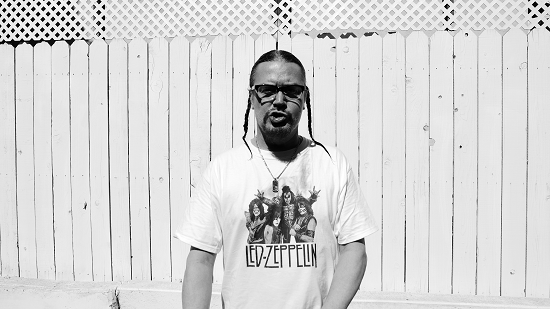
Mike Patton, Picture: Buzz Osborne
You covered his old band S.O.D.’s ‘Speak English Or Die’ for the new release. Why did you alter it to ‘Habla Español O Muere’?
TD: I forget how that came up, probably as a joke, and a concurrent one with the joke of American politics. There are some Spanish speakers in the band and changing the name also emphasizes the original joke of the song while flipping it on its lid.
TS: Statistically, historically, and effectively, California is every bit as white supremacist as the rest of the country, if not much more so. I know, it’s a can of worms, Spanish being just another European language and all, I was thinking the other day how that new iteration of the phrase could totally be deeply offensive to Basque people. I always try to look at that song from the perspective of the Native Americans, like we’re saying ‘speak Athabaskan or die’ or something like that, and suddenly it all makes sense. Maybe in the era of the wall hallucination the Spanish rolls off the tongue for the lyric a little easier than a verbal command to speak Diné bizaad. I don’t know, as dumb as the whole thing is, the basic sentiment is pretty simple. Hiding behind a stupid ‘fence’ and biting your fingers about all the brown people who are your neighbours just seems so weak, paranoid and degenerate. Just be nice and make some friends, dumbass… O Muere!
How about Dave Lombardo? I know he’s been a frequent collaborator with Patton in the past…
TS: Lombardo is just such a great musician. He’s an excellent improviser, and just such a good person. Never mind that Mike, Trevor and I used to literally air drum the entire Reign In Blood album in unison! We know Dave as a prince and champion of all things good. Simple as that.
TD: When Patton put together Fantomas he called Dave, which I thought was pretty ballsy. But it worked, and he’s been a friend and colleague ever since, not just our favourite metal drummer of all time. He lights the fire under our asses every time. It’s truly inspiring to be in the same room with him, double bass thundering in the subfloor beneath you.
How much creative input did he and Ian have?
TS: I mean, they inspired us, so their creative input has already been embedded everywhere in this music! In the writing, the playing, the approach. Joining up with us, both of them were right at home playing this stuff. Maybe some of it is a little more off the wall than their ‘80s gigs, but these guys have been growing the whole time since then too, and are definitely ready for anything.
TD: They left the arrangements of the songs to us – and we stayed pretty true to the original demo – but certainly in the studio they seemed to know what they were doing and so we didn’t ignore any suggestions or ideas. Their roles were pretty specific to their instruments: essentially kicking our asses rhythmically.
Was the new project at all driven by nostalgia?
TS: All we want to do is not modernize this kind of metal, not ‘update’ it, not pollute it with subsequent states of mind and musical approaches. And to do anything like that right, you have to go back, inside the psychology of the music. These weren’t ‘glory days’ for us, we hated everything in ’86. And luckily, nothing much has changed in that regard except the scenery. So this wasn’t nostalgia in that sense. But as far as connecting to the feelings and motives that drove this music, for sure it was all about that. 100 per cent immersive!
TD: I can’t deny that nostalgia doesn’t play a role. The drive behind it was giving something its due. I like to think of it as knowing only the pencil sketch made by an artist and then one day finding a complete oil canvas in full colour and size hidden on the shelf. In a way this feels new to us so nostalgia only seeps in from time to time.
You played some Raging Wrath shows at the start of the year, how were they?
TS: Standing on the stage at the first show realizing I’d never once in my life played a full on, 70 minutes of thrash/death speed-picking metal guitar. That was a new one on me! But in that company, with that insane pedigree of band, and the killer-est opening bands you could ever, ever ask for, plus the energy from the surprised and very supportive crowd, it was the best possible way to start down the path of that new ‘job title’!
TD: They were a blast. It was really fun to play a set of music that is so intense and relentless and particularly physical. I’ve done that a few times in the last 20 years, but this is backed by a couple of innovators of the genre, Dave and Scott.

Trevor Dunn, Photo: Buzz Osborne
Did the pandemic scupper any further touring plans?
TD: We were just starting to make some plans for shows toward the end of 2020 and possibly beyond. To be perfectly honest, I have no idea when my next gig will be.
TS: Yeah, it interfered. But our workaround for now is The Night They Came Home, our Halloween pay per view event. That thing is going to slay pretty hard!
What about another return to the studio? Can we expect more Mr. Bungle material going forwards?
TD: Not anytime soon, if at all. We certainly won’t be making another thrash record. I would do yourself a favour and not expect anything from Mr. Bungle ever. I, myself, have to do the same.
TS: You’re going to have to consult with the lightning about that. In Greece there’s a place called Dodona you can probably still sneak into & get some questions answered. But I heard the lightning terminal at Uppsala is closed for the pandemic, so we’ll all have to wait on that one.
Mr. Bungle’s new album The Raging Wrath Of The Easter Bunny Demo is released on October 30 via Ipecac Recordings. At 7pm GMT on October 31, they play a pay-per-view livestreamed gig, ‘The Night They Came Home’. You can purchase tickets here.

